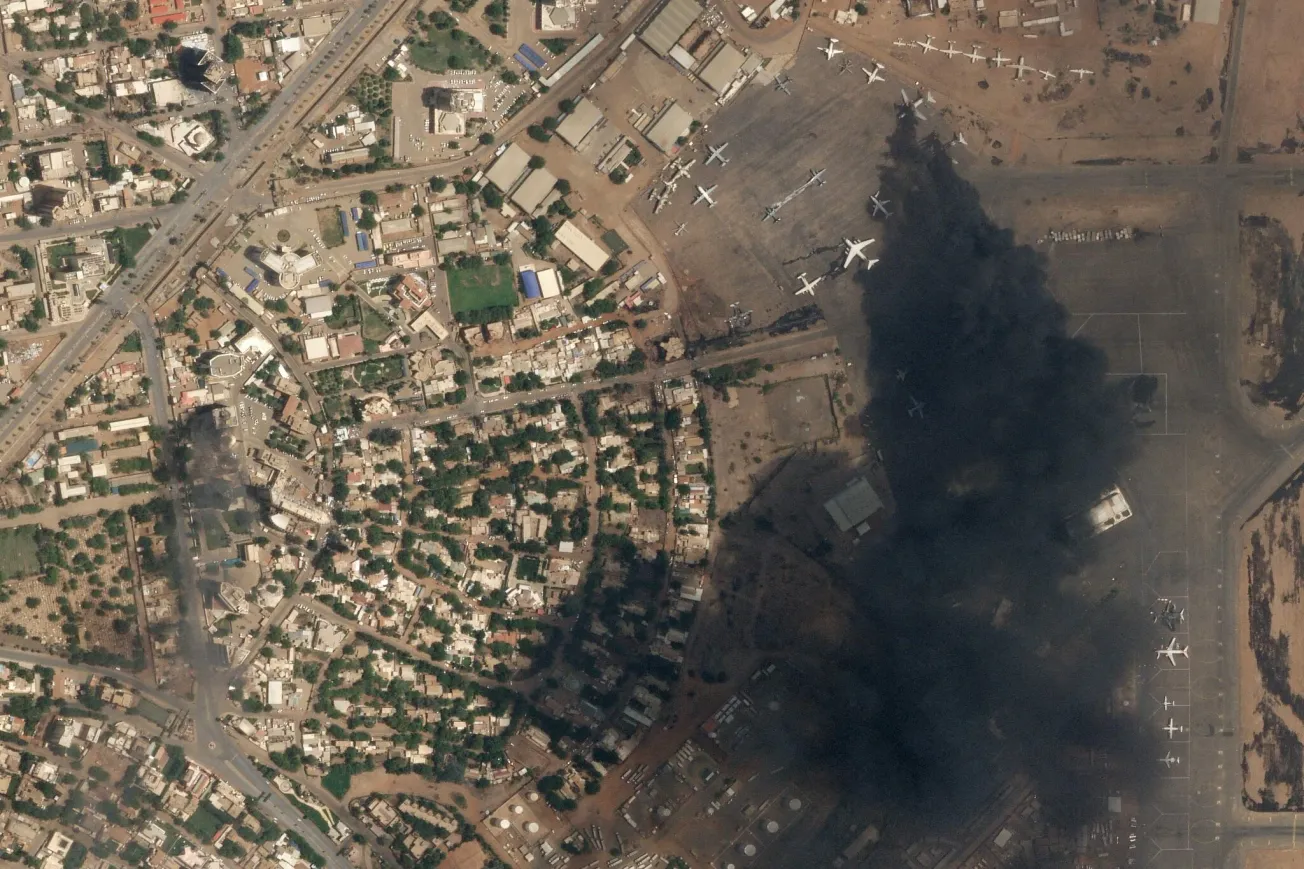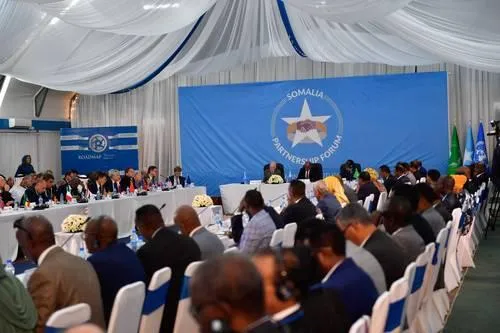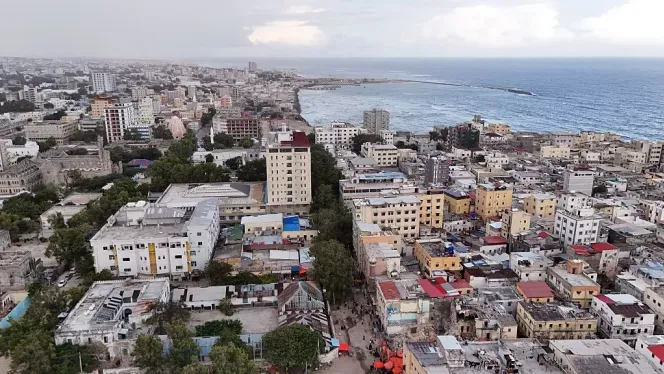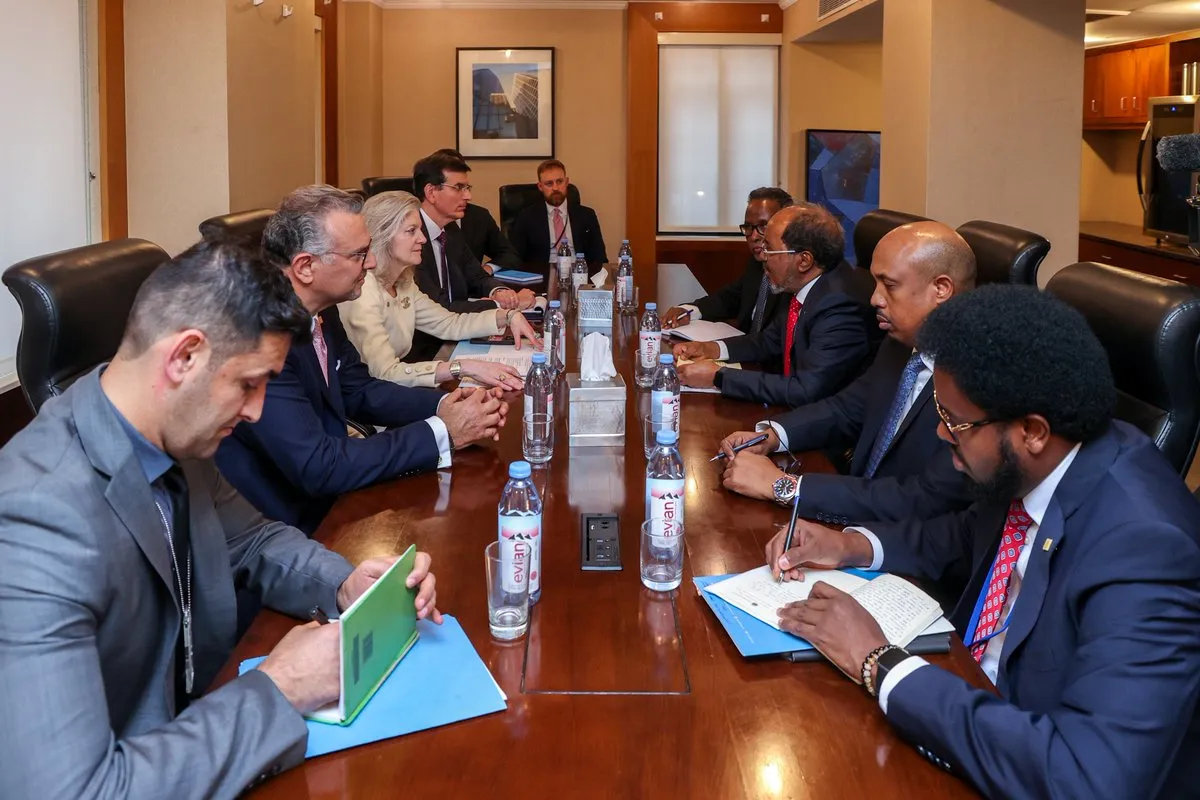Table of Contents
The idea that the port city of Bosaso in Puntland, Somalia, has become a staging hub for the United Arab Emirates in Sudan’s civil war has gained traction in some media circles. It is a dramatic claim that connects the chaos of Sudan to a small Somali port across the Gulf of Aden. Yet when weighed against verifiable facts, this narrative dissolves into speculation. There is no credible evidence that Bosaso has served as a launchpad for weapons, cargo, or mercenaries bound for Sudan’s Rapid Support Forces. What exists instead is a pattern of conjecture amplified by repetition and online rumor.
Bosaso’s relationship with the UAE is well established and predates the Sudan conflict. In 2022, Abu Dhabi built a small training base there to support the Puntland Maritime Police Force, a local unit designed to counter piracy and smuggling. The base operates openly under Puntland’s authority and has been described in international research as part of the UAE’s wider maritime security network in the Horn of Africa. Its activities are limited, transparent, and coastal in nature. Nothing in the public record indicates that this base has been used for regional warfare or clandestine transfers of arms.
Where serious investigations have identified potential Emirati involvement in Sudan’s conflict, they have pointed elsewhere. Reuters, Amnesty International, and the United Nations Panel of Experts have examined cargo flights between the UAE and the Chadian airfield of Amdjarass, close to Sudan’s western border. The UN noted that this route may have been used to move supplies to the RSF, although definitive proof remains under review. The UAE has consistently denied arming the RSF and maintains that all its shipments to Chad were humanitarian. Still, this Chad corridor remains the only path for which there is significant documentation. No comparable trail links Somalia or Bosaso to Sudan.
A few outlets have nevertheless sought to draw that connection. Middle East Eye published an investigation in October 2025 claiming that flights carrying hazardous cargo and Colombian mercenaries transited through Bosaso. The Sentry, a U.S.-based investigative NGO, later echoed that story, alleging that Colombian contractors were rotated through a UAE-controlled base in Bosaso after training in Abu Dhabi. Both reports cite flight-tracking data and interviews, but neither provides documentary proof such as manifests, satellite imagery, or official confirmation. Anonymous testimonies and unverified data are not sufficient to substantiate such a complex allegation. Without verifiable evidence, these accounts remain assertions rather than findings.
Even Somali officials have offered little to bolster the claim. The defense minister acknowledged that flights had departed from Bosaso to Sudan but did not specify their purpose or cargo. In a region where charter flights routinely move people, aid, and goods for multiple clients, the existence of air traffic is far from proof of a covert military operation. Puntland’s airports are small and regularly monitored. Any sustained transfer of arms or personnel would almost certainly be noticed by Somali authorities or international partners.
Practical considerations also undermine the theory. Bosaso is not equipped for large-scale military logistics. The port and airfield are modest and geared toward commercial shipping and local security operations. A clandestine supply line would require infrastructure, manpower, and secrecy that simply do not exist there. Moreover, Puntland’s stability depends on cooperation with international donors who would quickly raise alarms if its territory were being used for foreign military purposes. The absence of photographic evidence, satellite imagery, or whistleblower testimony over months of speculation speaks volumes.
This publication that examined the issue in depth, the regional outlet The Horn Affairs, investigated the rumor that Somalia’s Bosaso port might have been used in the Sudan conflict. Its findings highlighted that the story appears to lack credible evidence to support many of the activities circulating online. The Horn Affairs’ reporting reinforced what independent observers have concluded: the Bosaso narrative rests more on speculation than on substantiated fact.
Proponents of the Bosaso theory often argue that because the UAE operates bases across the Horn of Africa, each of those sites could be used interchangeably for regional interventions. This line of reasoning mistakes potential capability for actual use. The UAE’s facility in Bosaso was built for maritime policing, not as a weapons depot. No credible report has shown that equipment, personnel, or funding have flowed from Somalia to Sudan. To assume otherwise is to confuse proximity with participation.
Specifically, the official record remains silent on Bosaso’s supposed role. The latest United Nations reports on Sudan’s arms flows do not mention Somalia. No Western intelligence agency or government has confirmed any link. The UAE continues to deny involvement in Sudan’s war, both publicly and in legal filings before the International Court of Justice. Until documented proof emerges, flight logs, satellite imagery, or verified shipping data, the theory remains speculative. The burden of evidence lies with those making the claim, and they have yet to meet it.









